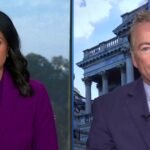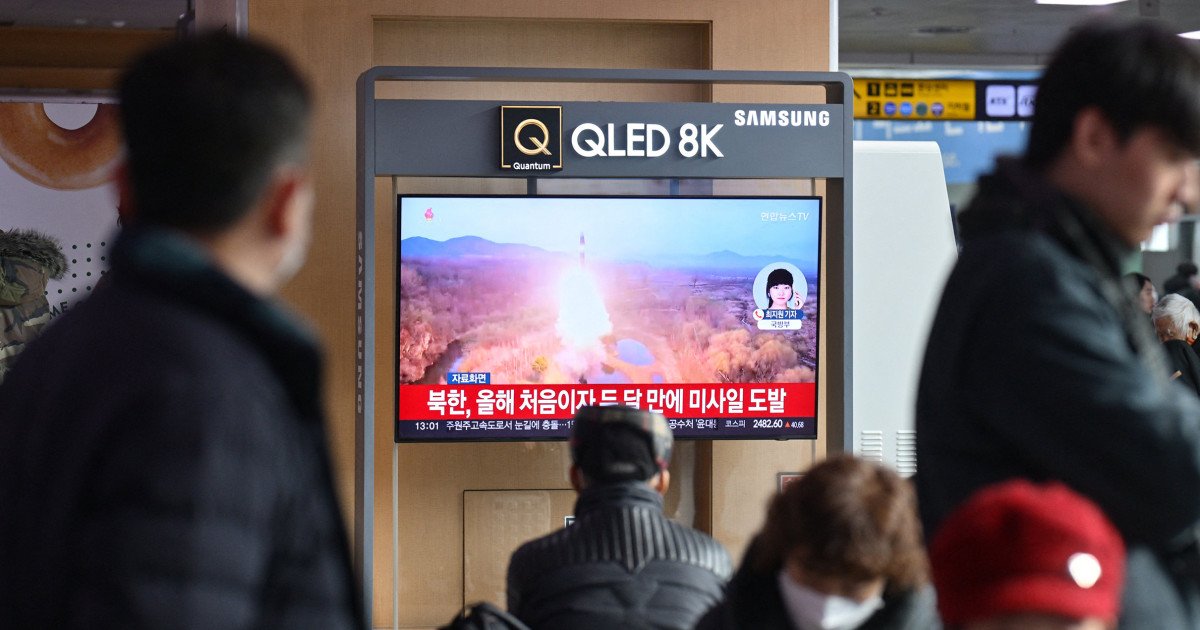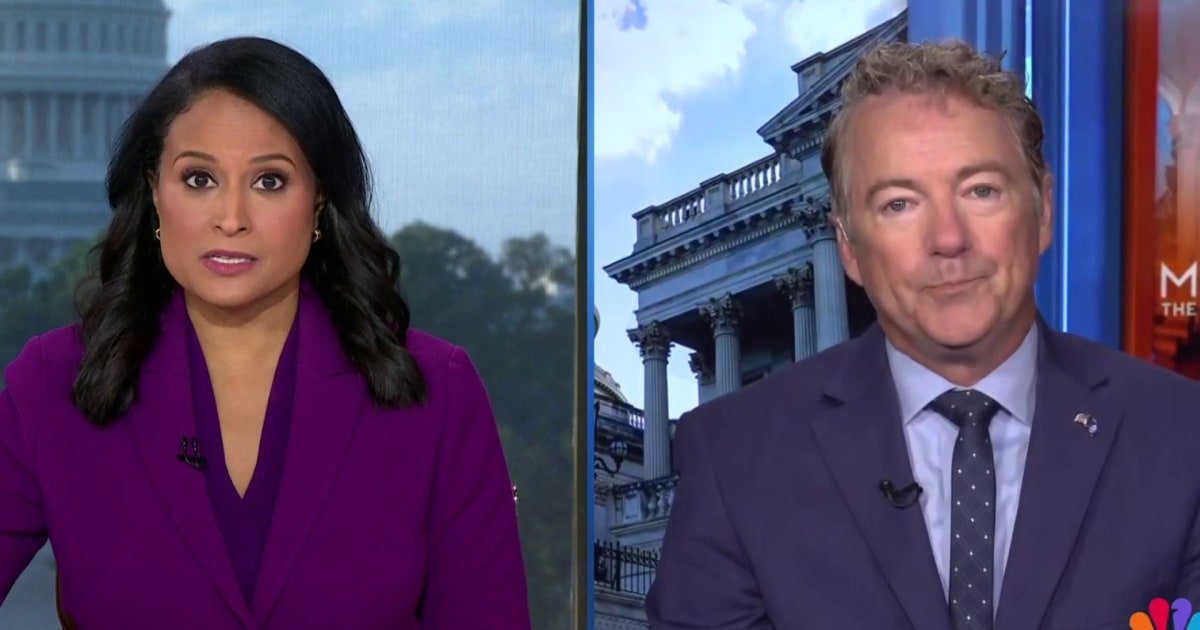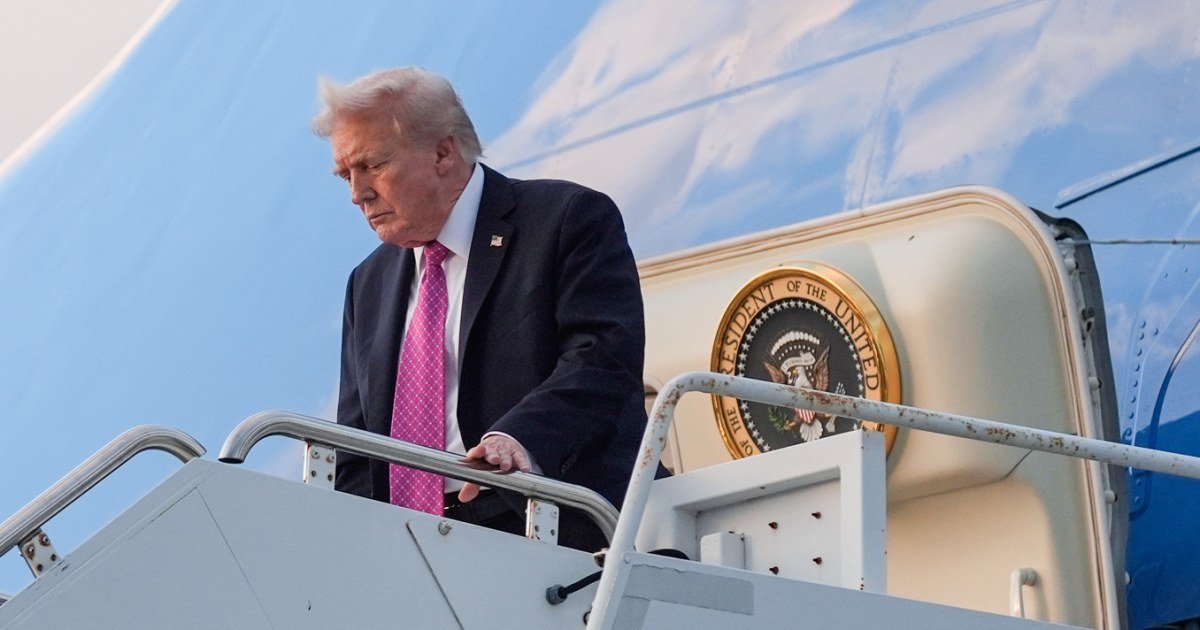SEOUL, South Korea – North Korea tested multiple missiles toward its eastern waters on Tuesday, South Korea’s military said, as it continued its weapons demonstrations ahead of Donald Trump’s return to the White House.
South Korea’s Joint Chiefs of Staff said the short-range ballistic missiles were fired from an inland area in the north and flew about 155 miles before landing in waters between the Korean Peninsula and Japan.
The joint chiefs said the South Korean military has beefed up surveillance while sharing launch information with the U.S. and Japanese militaries. He said he strongly condemns the test, describing it as a “clear provocation” that poses a serious threat to the peace and stability of the region.
It was North Korea’s second launch event in 2025, following a ballistic launch last week.
North Korea said the Jan. 6 test was a new intermediate-range hypersonic missile designed to strike remote targets in the Pacific, as leader Kim Jong Un vowed to further expand his collection of nuclear-capable weapons to counter nations. rivals.
North Korea is coming off a torrid year in weapons testing. The systems it demonstrated in 2024 included solid-fuel ICBMs designed to attack the U.S. mainland and several shorter-range missiles designed to overwhelm missile defenses in South Korea. There are concerns that its military capabilities could be further advanced through technology transfers from Russia, as the two countries align over the war in Ukraine.
At a year-end policy conference, Kim vowed to implement the “toughest” anti-U.S. policy and criticized the Biden administration’s efforts to strengthen security cooperation with Seoul and Tokyo, which he described as a “nuclear military bloc.” for aggression.”
North Korean state media did not specify Kim’s political plans or mention any specific comments about Trump. During his first term as president, Trump met with Kim three times to discuss North Korea’s nuclear program.
Even if Trump returns to the White House, a quick resumption of diplomacy with North Korea would be unlikely. Kim’s strengthened position — based on his expanded nuclear arsenal, deepening alliance with Russia and weakening U.S. enforcement of international sanctions — presents new challenges to resolving the nuclear standoff, experts say.








